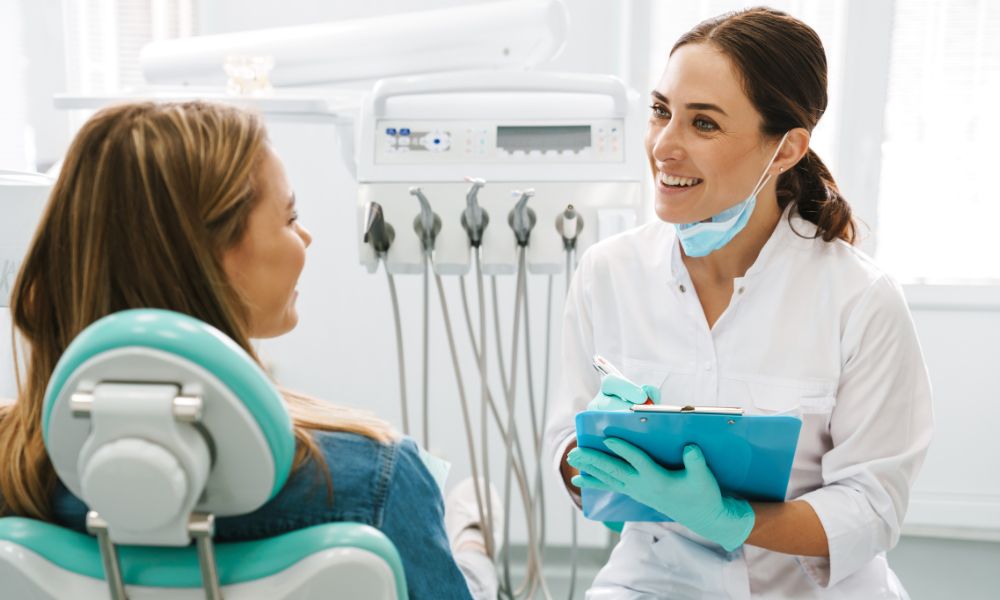

Most of us go to the dentist twice a year so they can check and clean our teeth. These appointments are stressful for some patients, but a wonderful dentist helps ease anxiety. In addition, superb communication is pivotal to your business and helps patients know what to expect in your care. In this guide, we’ve noted the top tips for communicating with dental patients.
Understanding proper communication ensures you convey specific messages to your patients. This can range from appointment reminders to procedure explanations. You also establish a bond by listening actively, being honest, and maintaining professionalism. Communication is one of the most important ways to build trust with dental patients because it impacts the moment and leaves an impression.
For example, if a patient needs a filling and your explanation is apathetic, they may feel more stressed. This creates a bad memory in your office, leading the patient to seek out a new dentist. To avoid this scenario, learn how to communicate effectively below.
Practicing active listening shows that you care about the conversation and your patient. An active listener maintains eye contact throughout the conversation and uses non-verbal cues, such as nodding, when appropriate. Additionally, you should paraphrase what a patient says when clarifying information or answering their question.
One of the most important aspects of active listening is that you remain present in the moment. If you’re with patient A, you shouldn’t be thinking about patient B. Likewise, give each induvial time to talk with you about their dental care and ask them whether they have questions.
Taking notes goes hand in hand with active listening and helps you provide the best care for your patients. If a patient mentions clenching their teeth at night, note this in their file so you can discuss it at the next appointment. You may need to fit them for a mouth guard to prevent them from clenching their teeth while sleeping. Strive to review patient notes before their appointment so you know what key points to discuss first.
It can be hard to pick up on your tone, and some of us speak harsher than we mean to. There may be days when you have back-to-back appointments, which can feel stressful. However, this should never show through in your tone when talking to patients.
Pay attention to the way your patient reacts to the things you say. If they begin averting eye contact or shift tones, reevaluate your words. To correct this mistake, apologize and reframe what you said in a calmer tone.
The final tip for communicating with dental patients is properly explaining procedures during appointments. If you need to perform a specific process, such as filling cavities or performing a root canal, explain the steps to them. What do you need to do? Will you numb the area? What does aftercare entail? When talking to your patient, use more basic language than you would with a fellow dentist. And after your explanation, ask whether the patient has questions.
24World Media does not take any responsibility of the information you see on this page. The content this page contains is from independent third-party content provider. If you have any concerns regarding the content, please free to write us here: contact@24worldmedia.com

5 Business Sectors Where Safety Glasses Are Essential

Annoying Things You Can Keep Out of Your Home

Easy Ways You Can Improve Your Pasture’s Quality

Mistakes You Must Avoid on Your Next Construction Project

Tips for Keeping Your Business’s Equipment Around for Longer

The Biggest Car Owner Mistakes You Must Avoid

Why Renting Construction Equipment Is Best

Beat the Heat: Summer Maintenance Tips for Forklifts

Monday’s stocks to buy include Apple, Nvidia, Tesla, Shopify and more

How to Tell If Your VPN Is Working Properly